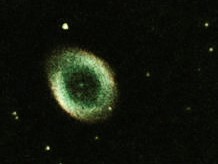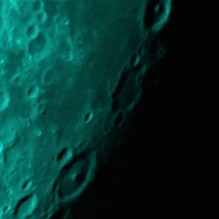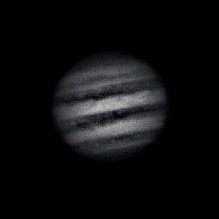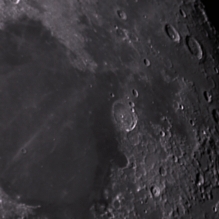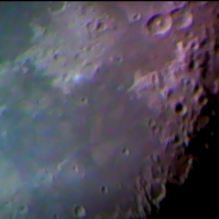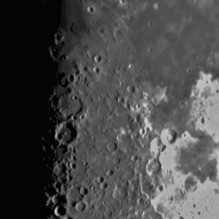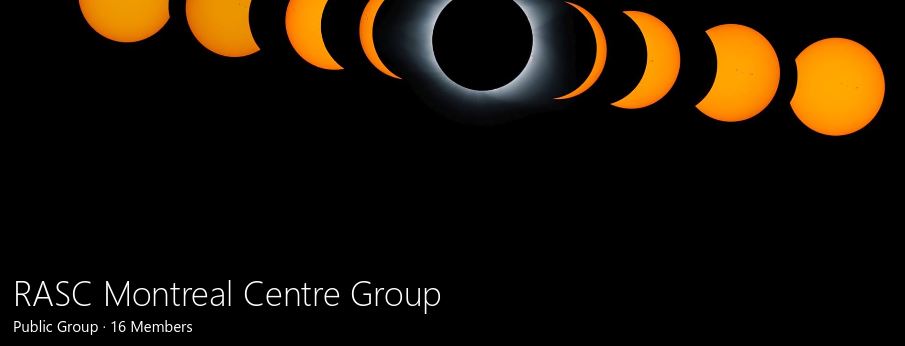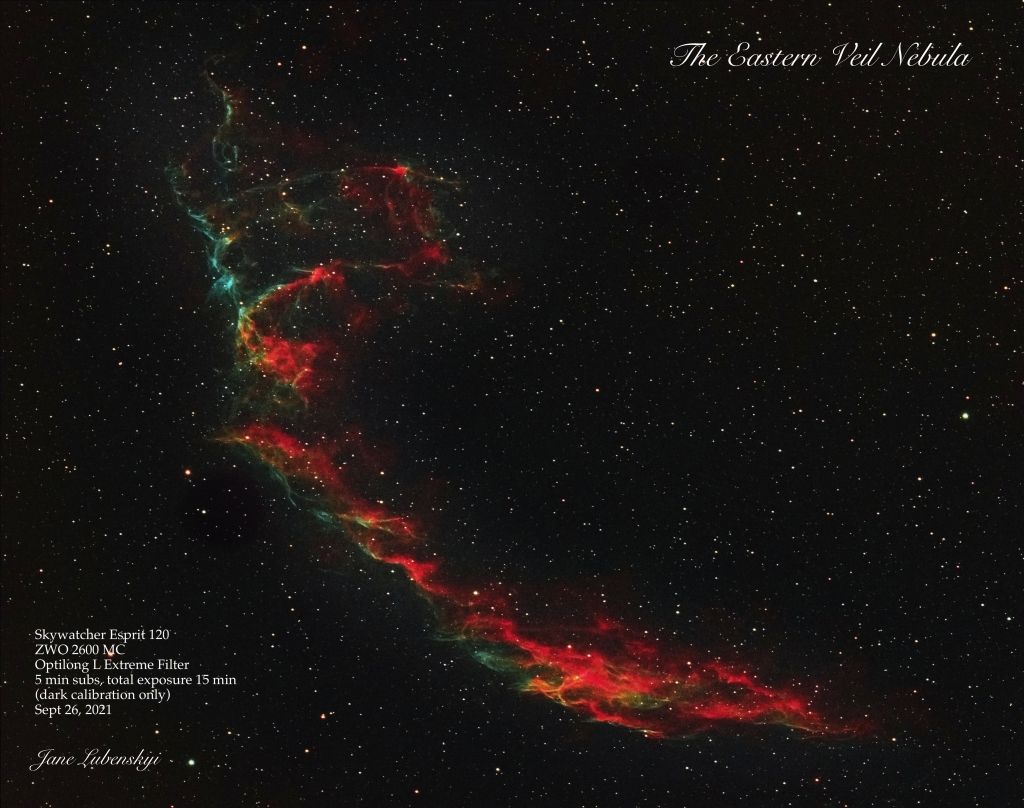
Welcome to Astronomy Notebook
…an astro beginner tutorial guide in amateur astronomy and astrophotography showing process of how to choose telescope eyepieces and choose telescope mounts as well as astro imaging tips and tricks.
View my Flipboard Magazine…
.
Sharing your images and experiences with a friendly group of fellow amateur astronomers makes a big difference to the enjoyment of your hobby… Please consider joining your local Royal Astronomy Society Of Canada Centre.
Recent Images:
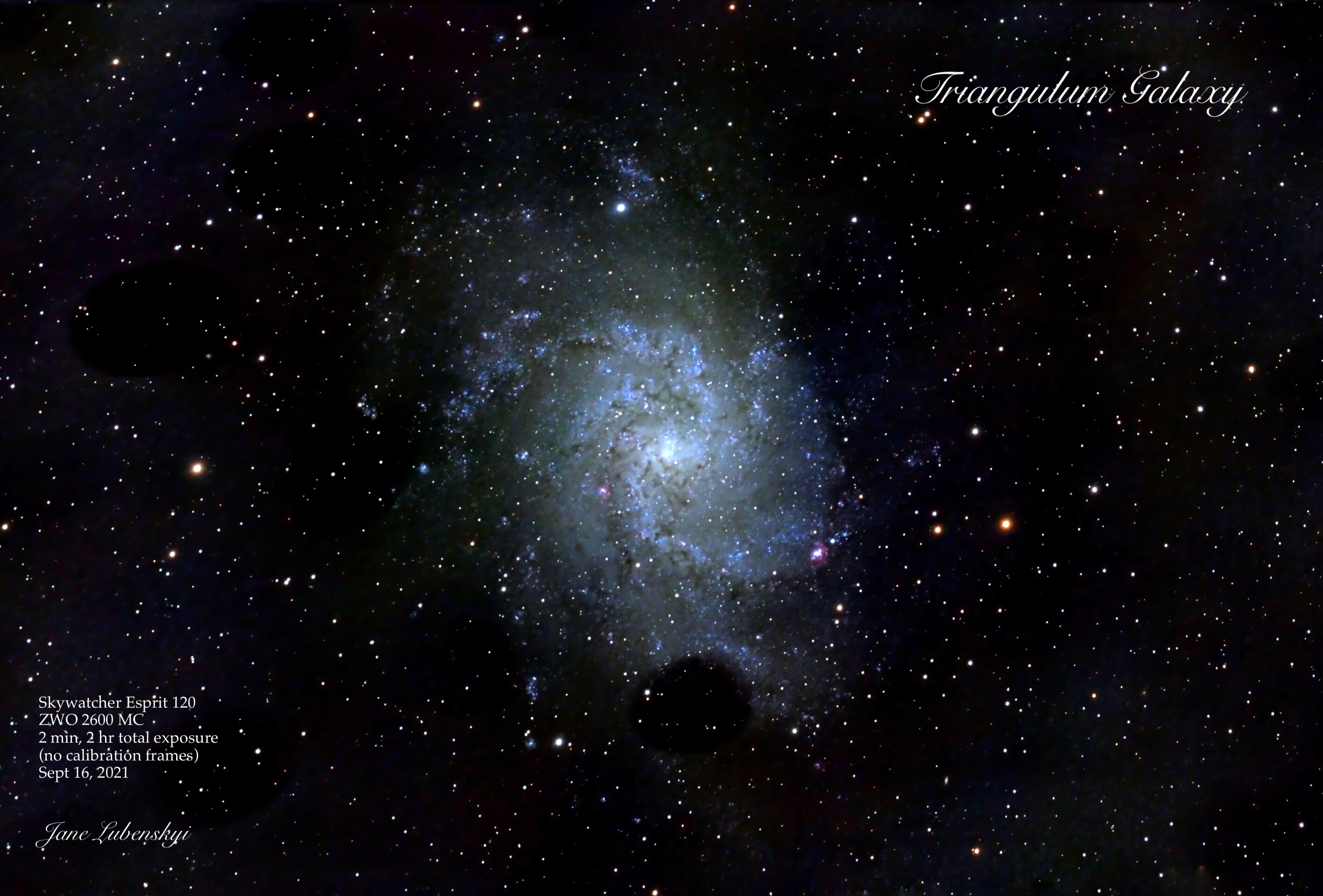
Andromeda Galaxy, M31, Nov 2020
Skywatcher Mak Newt 190, 1000, ZWO 224, 1.5 hr. total exposure
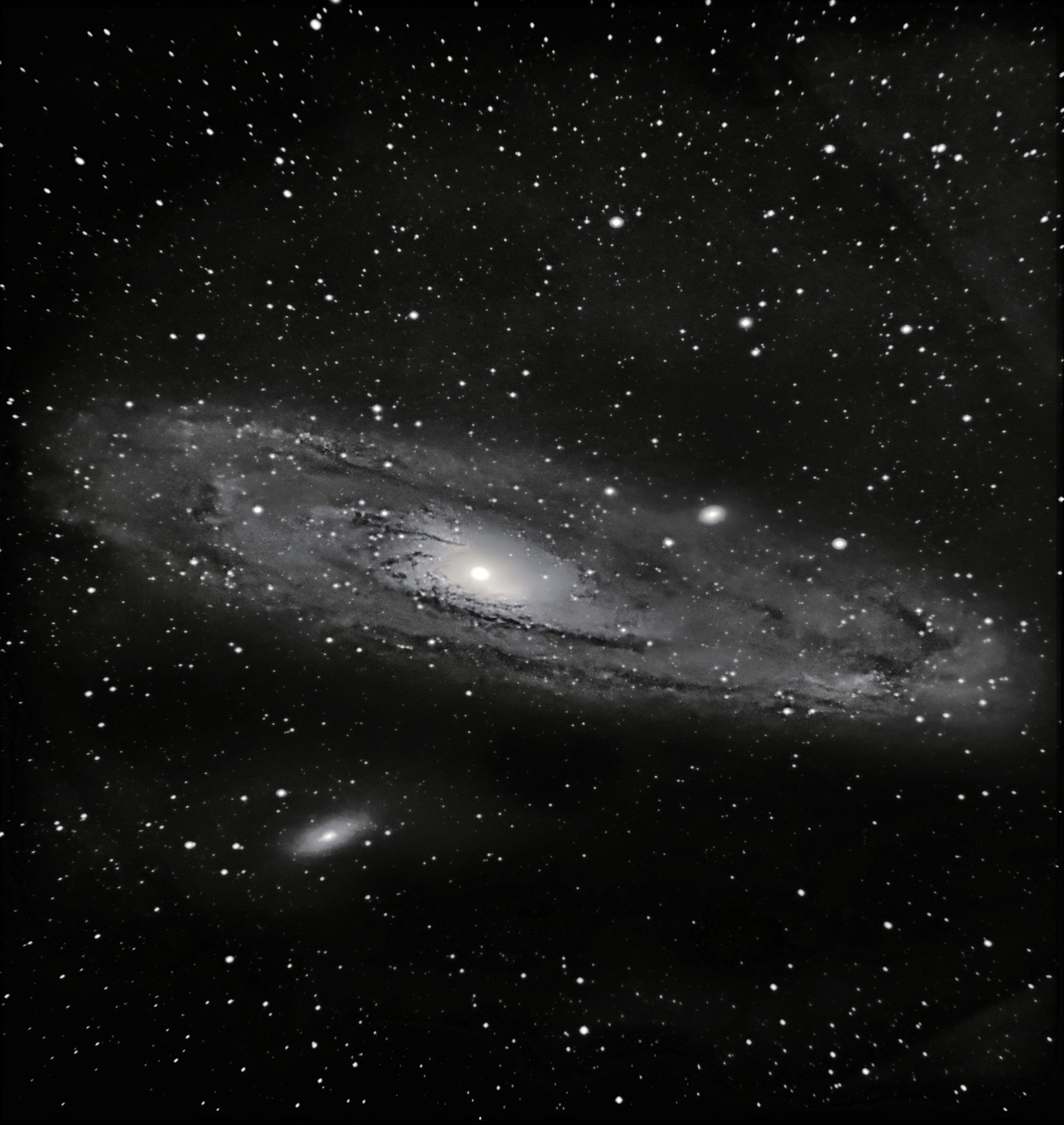
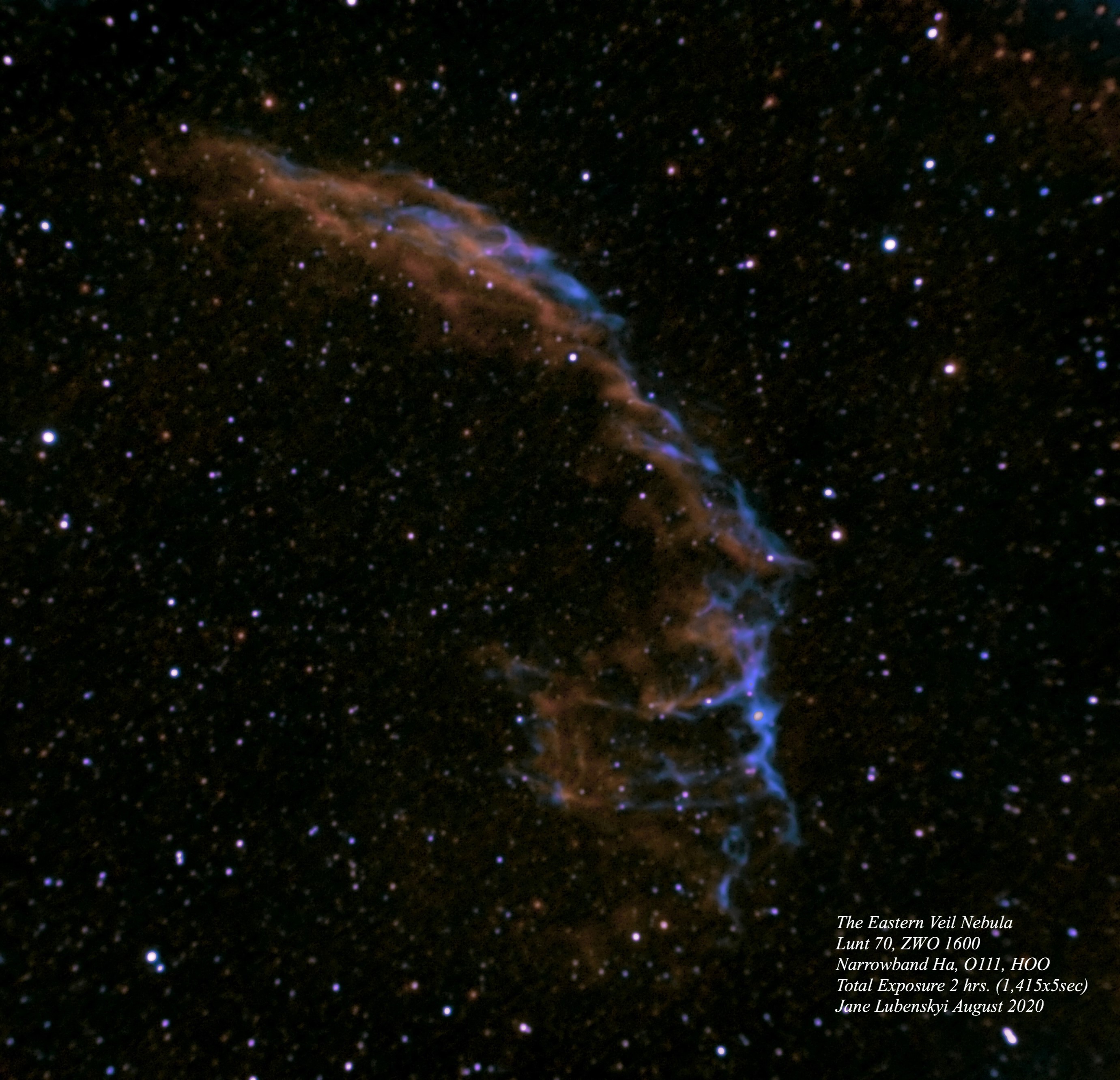

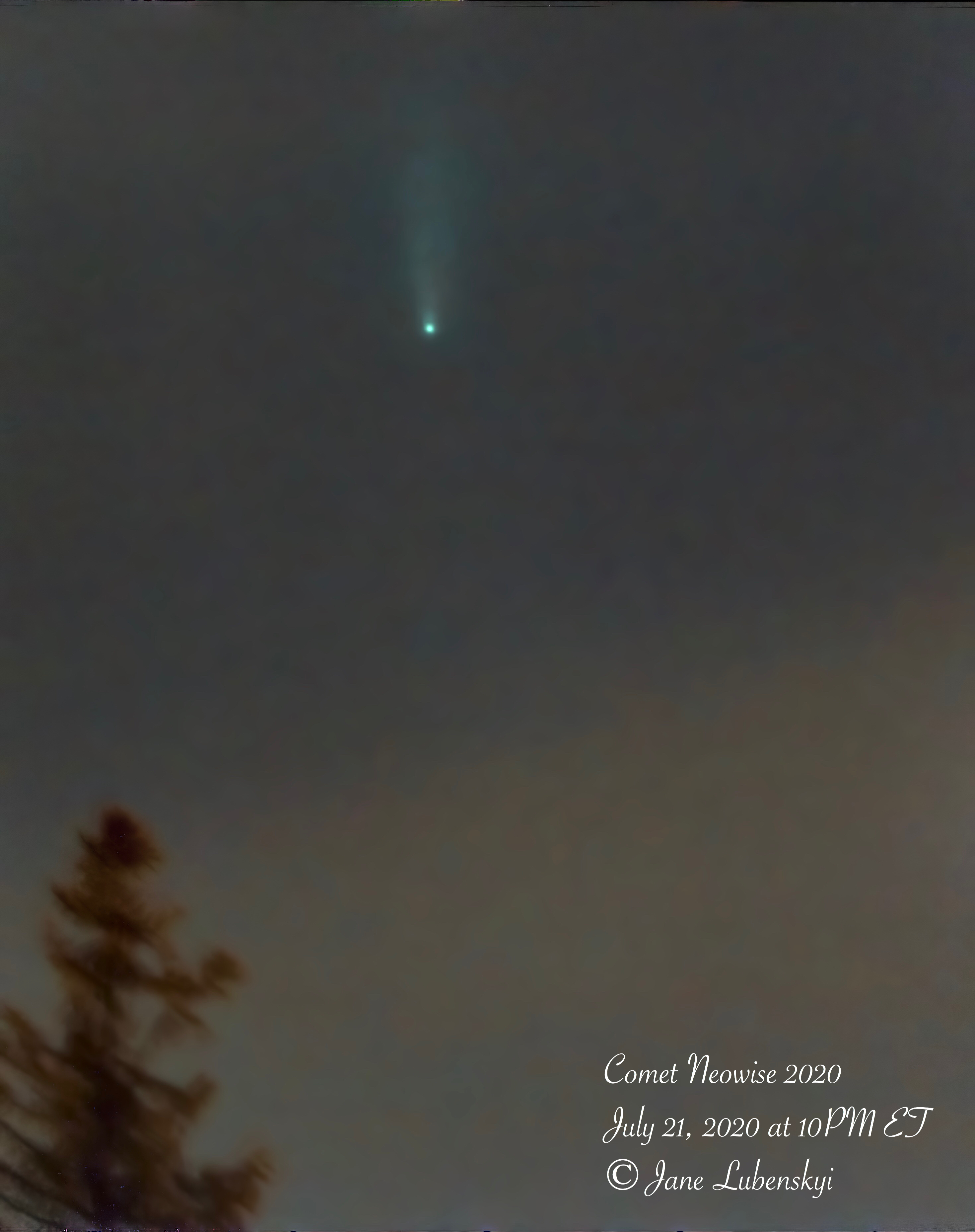
Other Images and Videos
Some Recent Blog Posts:
Moon Imaging With A DSLR And BackYard EOS On A Tracking Mount
Recently I used my DSLR without a telephoto lens or telescope to see the detail that was possible on the Moon with Backyard EOS and a tracker. I was surprised.
Posted May 8, 2021 Continue Reading
____________________________________________________________________________________
My Ongoing Image Processing Notes
 This is a compilation of ongoing notes that I am creating and continually tweaking on the topic of image processing… as I continually follow the arduous path in learning this difficult but wonderful skill. Associated and included are key sites that I have found particularly useful.
This is a compilation of ongoing notes that I am creating and continually tweaking on the topic of image processing… as I continually follow the arduous path in learning this difficult but wonderful skill. Associated and included are key sites that I have found particularly useful.
Posted Mar 11, 2021 Continue Reading
The SkyWatcher Star Adventurer

An ongoing compilation of my notes and the most relevant sites that were very helpful to me and perhaps will also be to you….as an owner of of the SkyWatcher Star Adventurer.
Clear Skies
Posted Mar 12, 2021 Continue Reading
Our Place In The Universe

Since the beginning, we have looked to the heavens instinctively, seeking answers to explain our world and origins. One truth cannot be denied, we are made from the same stuff as the stars above and surely the laws which govern the heavens must also apply to us…
Posted Nov 04, 2017 Continue Reading
How To Do Astrophotography | Astrophotography Method Overview

Essentially imaging can be divided into two broad categories called short and long exposure astrophotography. Short exposure astrophotography does not require tracking of the object and can be done with a camera on a tripod or with a camera and telescope. In its simplest form a smartphone can be held up to the eyepiece on a telescope and an image instantly obtained. Short exposure astrophotography is limited to about 30 to 60 seconds before star trails occur in the image.
Posted Nov 05, 2017 Continue Reading
If Life Is Like Water Then It Is Abundant In The Universe
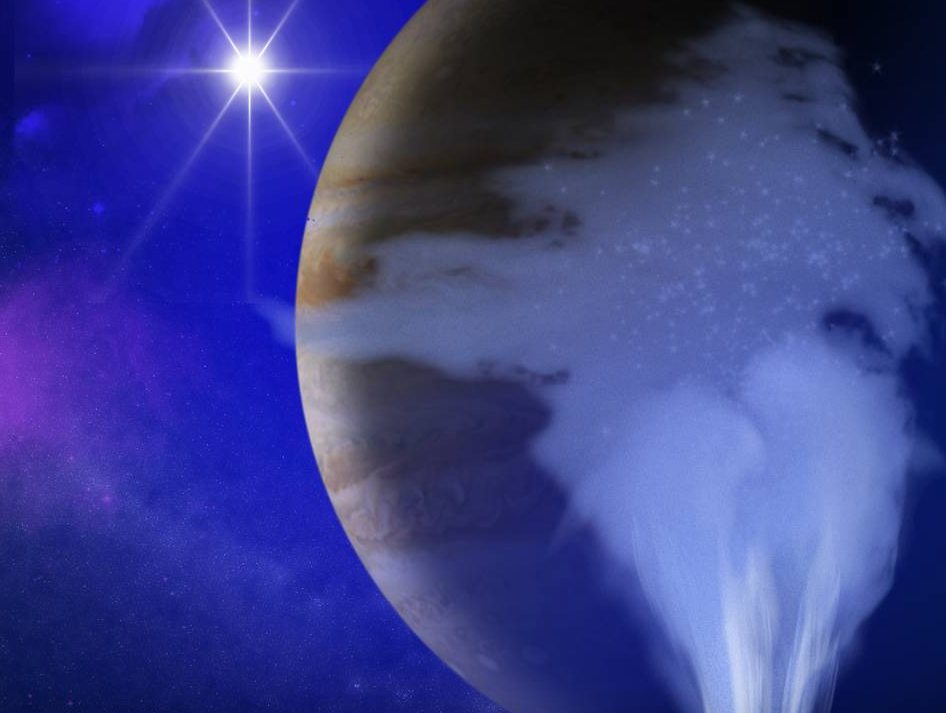
Beyond Earth, the closest world to us, The Moon, has water and it is thought, a lot of it. The water on the surface is enclosed in volcanic glass beads formed billions of years ago when magma erupted from the Moon’s interior. Was some of it brought by comets or asteroid bombardment …possibly but this is only one source. The water in this encapsulated form can be found throughout the lunar surface. The quantity of water on the lunar surface in this captured volcanic form is estimated to be about 1 quart per cubic meter.
Posted Nov 13, 2017 Continue Reading
My beginnings in astrophotography …
